Lighthouse Keepers and Coast Defenders
On Duty at Sea Girt Lighthouse
The keepers assigned to Sea Girt Lighthouse were a colorful and diverse group. Their ranks included a retired Army major who had been a spy during the Civil War, a pioneering woman who took charge under difficult circumstances, as many as 15 Coast Guardsmen who transformed the lighthouse into a defensive installation during World War II, and finally in peacetime a 19-year-old “Coastie” on the last post who closed down the lighthouse.
Good Duty, Short Climb
Sea Girt Lighthouse, with its fourth order Fresnel lens illuminating the blind spot midway between Navesink (Twin Lights) and Barnegat Lighthouses, was considered a plum assignment and one that appealed to experienced keepers approaching retirement. With only 42 steps from the keeper’s office on the first floor up to the lantern room, the duty was less strenuous than at many other taller lighthouses with three or four times as many steps.
And being located in a growing summer resort town readily accessible to New York City, Sea Girt was viewed by many as preferable to some remote outpost. During the war years, its location made the lighthouse a strategic watching post along the long and vulnerable New Jersey coastline.
Keeper Abraham Wolf, 1896-1903
Major Abraham Wolf, a retired Army officer, was Sea Girt’s first keeper, firing up the light December 10, 1896. He was paid $1.10 per day. Wolf spent the previous 25 years as the keeper of Absecon Lighthouse in Atlantic City. He had a military bearing and made a striking impression with wire-rimmed glasses and a trimmed white goatee.

During the Civil War, Wolf served in the Union Army. While a Northerner, he could affect a convincing southern accent. His commanding officer had him dress up in a Confederate uniform. He was then escorted by Union soldiers to Fort Delaware, on Pea Patch Island in the Delaware River, where Confederate prisoners were held. Dressed and speaking like a rebel, Wolf mingled among the Confederates, gaining valuable information on troop strength, encampments and battle plans.
He served seven years at Sea Girt Lighthouse and by the end of his tenure was in his early 70s, making him the oldest keeper on active duty. While stationed at Sea Girt he married a wealthy widow from Pittsburgh who didn’t want to live in the lighthouse. So the newlyweds in 1902 built a house next to the lighthouse on Beacon Boulevard. Major Wolf retired the following year. He died at an Elk’s Lodge retirement home in Bedford City, Virginia in 1912.
The first children to live at the Sea Girt Lighthouse were the four Yates children, whose parents were Abram and Harriet Yates. Abram Yates was Sea Girt’s second keeper. He previously served at Cross Ledge Lighthouse in Delaware Bay and then Egg Island Light in Bower Beach, Delaware.
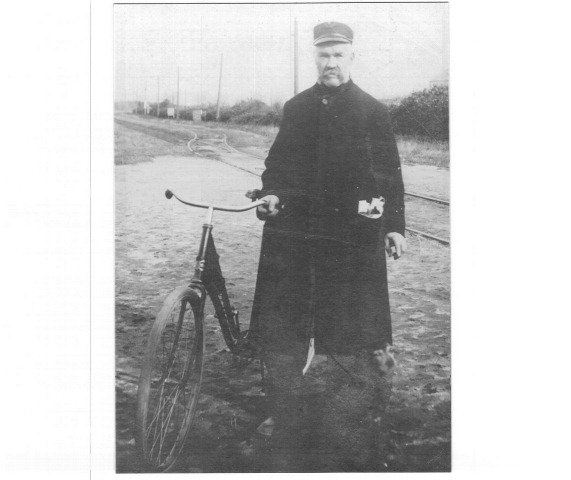
When not busy at Sea Girt Lighthouse, keeper Yates was often spotted traveling to the train station or the market for supplies on his bike, often accompanied by the family dog. He was an imposing figure with a handlebar moustache.
He died at the lighthouse May 29, 1910 at age 58. Mrs. Yates entered his death in the lighthouse logbook. His wake was held in the lighthouse parlor. He is buried in Atlantic View Cemetery, Manasquan.
Acting Keeper Harriet Yates, May 29-July 23, 1903
Despite her grief and the demands of mothering four children, the courageous and pioneering Harriet Yates took command of Sea Girt Lighthouse. It was the tradition and expectation of the U.S. Light-House Board and its successor Lighthouse Service that when a keeper died on active duty, the surviving spouse and family were expected to keep the lighthouse functioning. The light must be kept burning bright and never allowed to go out because lives depended on the blinking light of coastal lighthouses to guide mariners, their passengers and cargo safely in their voyages.
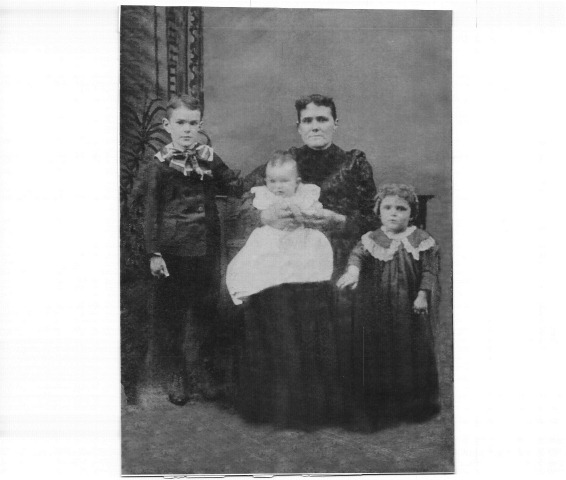
Even as Mrs. Yates was waking her late husband, she was also making trips up the spiral stairs and the iron ladder into the lantern room to replenish the fuel and trim the wick to keep the flame burning and the lens cleaned and turning to project the blinking beacon 15 miles to sea.
As acting keeper, the widow Yates proved herself skilled and dedicated. Enjoying the work and needing the $1.72 daily pay, she applied for a permanent appointment. The local press hailed her as an indomitable pioneer. She collected recommendations from community and business leaders, local residents and politicians. But the Light-House Board rejected her application, claiming it was because she was not a member of the Civil Service, although it was likely because she was a woman.
Lighthouses did have women keepers, although the vast majority of keepers were married men who rose through the ranks starting as assistant keepers. Women were usually appointed to remote lights or when qualified men were not available.
Keeper John W. Hawkey, 1910-1917
Succeeding Harriet Yates was John Hawkey, a lighthouse veteran whose career stretched back to 1872. He spent most of his career aboard the Five Fathom Lightship, anchored in Delaware Bay off Cape May, New Jersey. Immediately before coming to Sea Girt, he was on the Northeast End Light Vessel, No. 44, also off the Jersey shore.
Hawkey arrived at Sea Girt July 23, 1910. In the Sea Girt Lighthouse archives is a letter to him from the “Office of Inspector,” informing him that he owed Mrs. Yates $1.72 because he was mistakenly paid that amount twice for that day – as working at both Northeast End Light Vessel and Sea Girt. But his first official day at Sea Girt was July 24, a Sunday. Mrs. Yates moved into a home in the neighboring town of Spring Lake.
During his 7-year tenure at Sea Girt, Hawkey served capably and instituted changes and improvements in accordance with instructions from headquarters. In 1912, he changed the light source for the fourth order Fresnel lens from a kerosene wick lamp and a red chimney projecting a red beacon to a 35mm incandescent oil vapor lamp with a clear glass chimney that produced a brighter, white light.
In late summer 1912, Hawkey wrote the district headquarters to request permission to erect a hen house on the north lawn, apparently to insure a fresh supply of breakfast eggs. There came a response from the Office of the Inspector, dated September 13. It read: “You are directed to take this matter up with the Inspecting Officer when the station is next inspected, at which time the Inspecting Officer will make report and recommendation to this office. Show this letter to the Inspecting Officer.” Apparently permission was never granted. There is no evidence a hen house was ever built, nor further correspondence on the matter.
John Hawkey retired in 1931 and died later that year. (He is the only keeper for whom we have no photo. The lighthouse would appreciate hearing from anyone who may have a photo of keeper Hawkey).
Keeper William H.H. Lake, 1917-31
A rabbit hutch was built at the lighthouse for the pets of Elvin (Toots) Lake, son of keeper William H.H. (Pappy) Lake and Edith Lake.
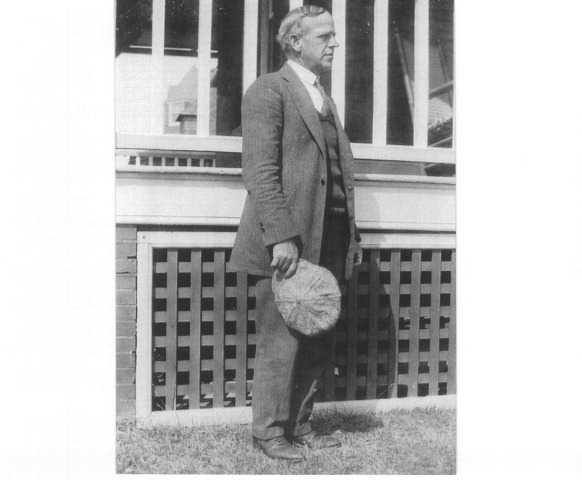
Bill Lake, born on Staten Island, entered the Lighthouse Service at age 18. He served 12 years at Fire Island Lighthouse, followed by five years each at Warwick Neck Lighthouse in Rhode Island and Shinnecock Lighthouse on Long Island. He was then posted to Sea Girt, arriving in 1917, vowing to break the tenures of his predecessors. He easily did, serving 14 years.
During his Sea Girt tour, he oversaw the installation in 1921 of the first land-based radio beacon navigation system. A transmitter sent radio signals out to sea from wires stretched over the lighthouse from two metal towers built on either side of the building. Transmitters were also installed at Ambrose Channel Lightship and Fire Island Lightship.
Each station transmitted radio beams – 3 dashes for 60 seconds, followed by silence for 6 minutes. Ships fixed their positions by triangulation – tracking the radio signals of the three installations. A childhood friend of Toots recalled many years later how they and other boys used to have races climbing up the radio towers.
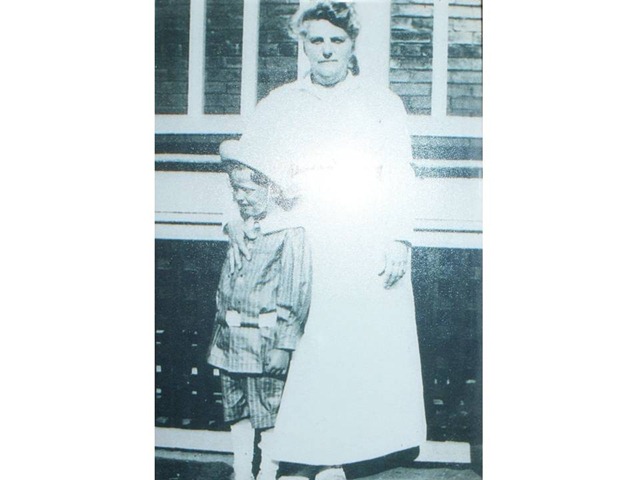
In 1924, the light illuminating the Fresnel lens was changed from an oil vapor lamp to an electric 300 watt Ps35 lamp of 100,000 candlepower. “The service is not what it used to be,” Lake subsequently told a reporter. “It’s better. There are no oils and wicks to bother with. Now all we do is to turn a switch and off she starts.”
Edith Lake was a successful real estate agent in Sea Girt, served on the Borough Council and helped found the Sea Girt Women’s Club. She died in July 1931. That October, Pappy retired from the Lighthouse Service. He worked in his late wife’s real estate agency.
Three years later, their son Toots was a hero in the Morro Castle rescue. The luxury liner Morro Castle caught fire September 8, 1934 three miles offshore. Passengers and crew abandoned ship. Toots was one of six Sea Girt lifeguards who saved 15 passengers. He eventually became an insurance executive, served on the Sea Girt Borough Council and in the Sea Girt Volunteer Fire Department.
Bill Mountford, who is Toots Lake’s grandson and the great-grandson of keeper Bill Lake, is now a trustee of the Sea Girt Lighthouse.
Keeper George J. Thomas, 1931-41
The last keeper assigned to Sea Girt by the U.S. Lighthouse Service was George Thomas, a widower. Born in the Canarsie section of Brooklyn in 1876, he joined the Lighthouse Service in 1913. His first assignment took him to Fire Island Lighthouse, where he served as second assistant keeper, earning $456 a year.
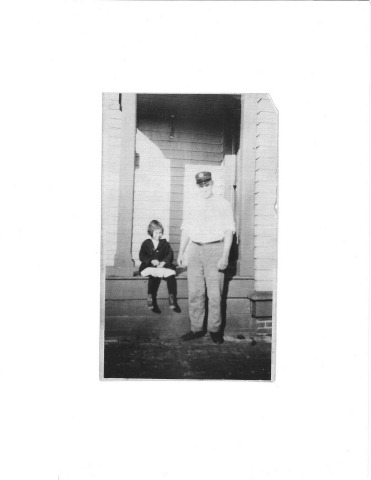
During World War I, he like other light keepers was reassigned to the U.S. Navy. After the war, he returned to the Lighthouse Service and was assigned to Shinnecock Light, where he and wife Minnie raised daughters Lucy and Alice.
After Minnie’s death in 1931, the widowed George, then in his mid-50s, sought a new assignment, less stressful assignment. He arrived at Sea Girt that October. He would here serve almost 10 years – the second longest tenure at Sea Girt. As had his predecessors at Sea Girt, Thomas won numerous commendations from headquarters for his efficient operation of the lighthouse. .
On July 1, 1939, on orders of President Franklin D. Roosevelt, the U.S. Lighthouse Service was dissolved and command of all lighthouses in America transferred to the U.S. Coast Guard. Keepers were given the option of transferring to the Coast Guard or retiring. Once again, George Thomas became a member of the U.S. military, transferring to the Coast Guard to finish out his career.
By the end of his career, keeper Thomas was earning $1,680 a year. His last day of active duty was November 29, 1940. He went on paid leave for four months, officially retiring March 31, 1941 with an annual pension of $1,015. He retired to Ocean Grove. His daughters lived nearby.
U.S. Coast Guard, 1939-54
As World War II engulfed Europe and threatened America, the number of Coast Guardsmen assigned to Sea Girt and other U.S. lighthouses grew. With America’s entry into the war, the lights at Sea Girt and all other U.S. lighthouses were extinguished so as not to give direction to enemy ships. The Fresnel lens was removed from Sea Girt’s tower.
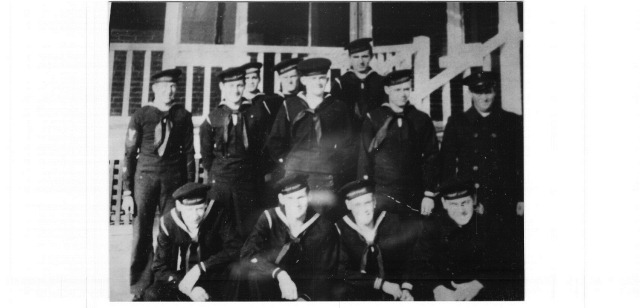
As many as 15 Coast Guardsmen were assigned to Sea Girt Lighthouse during the war, while additional Army troops were camped on the lawn. Together they patrolled the beaches with guard dogs and stood watch in the tower, scanning the waters for enemy ships and the beaches for saboteurs.
After the war the Fresnel lens was not reinstalled in Sea Girt’s tower. The lighthouse was decommissioned in 1945. An automatic light – like an airport runway beacon – was installed atop the tower’s lantern room, eliminating the need to station personnel at the lighthouse on an ongoing basis.
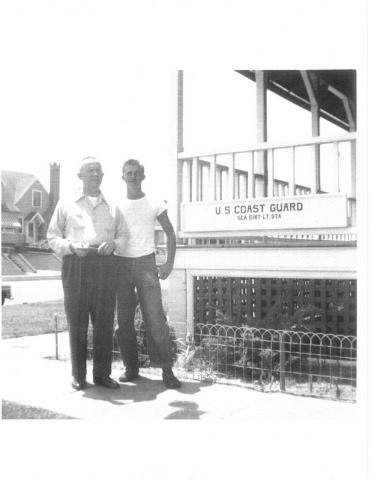
However, two Coast Guardsmen were temporarily assigned to Sea Girt in 1954 for the last post. For several months 19-year-old Seaman 1st Class Henry Wapelhorst, who grew up in Bayonne, and his commanding officer occupied the lighthouse to oversee the construction of a metal tower on the northeast lawn and then the transfer of the automatic light from atop the lighthouse to the new tower. They were the last people to live in Sea Girt Lighthouse.
In 1956, the federal government sold the Coast Guard’s decommissioned lighthouse to the Borough of Sea Girt for $11,000, excluding the freestanding tower with the automatic light and the 22×24-foot parcel it stood on.
The automatic light was finally turned off in 1977 and the tower dismantled. The 22×24-foot parcel remains federal property.